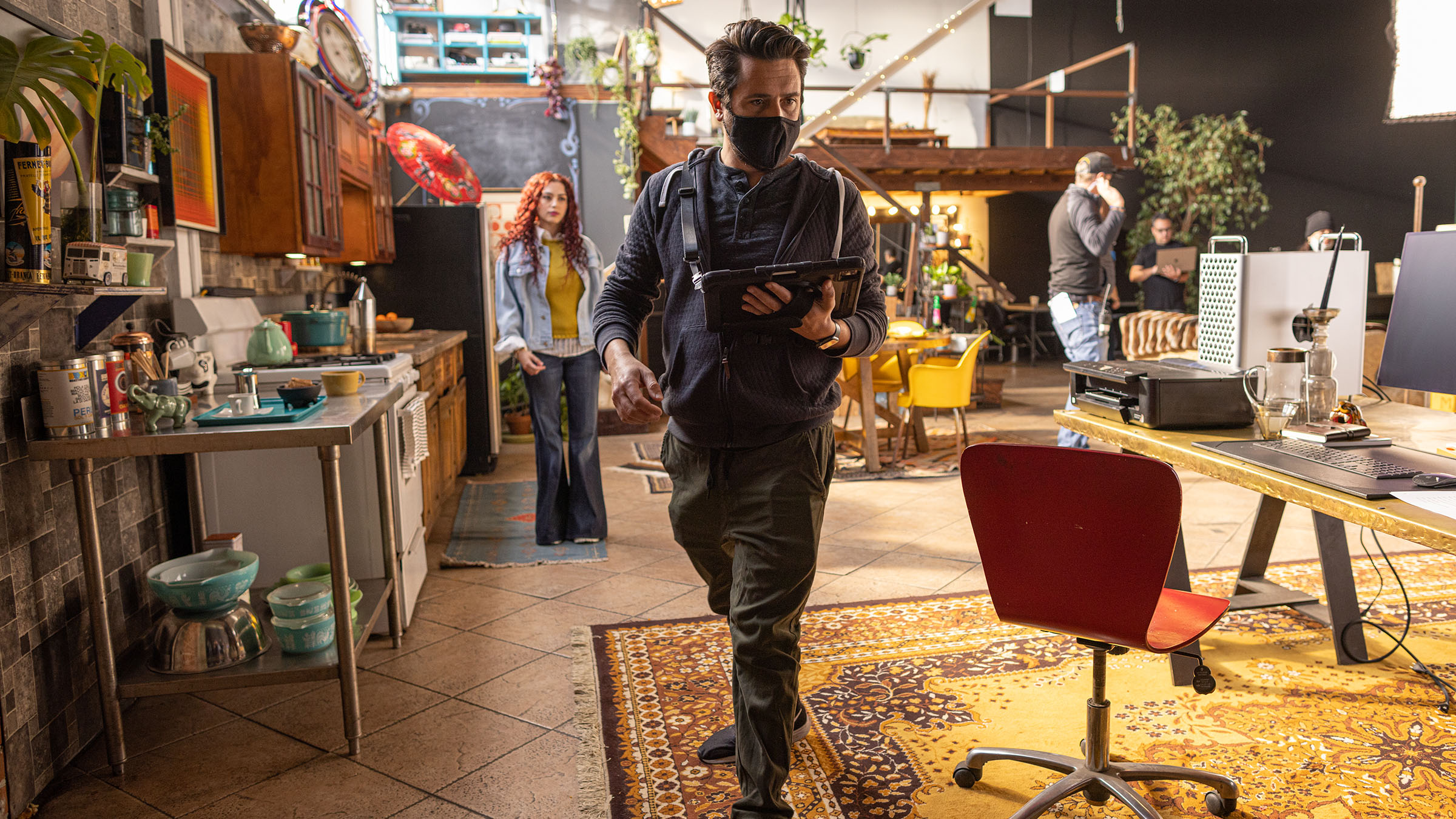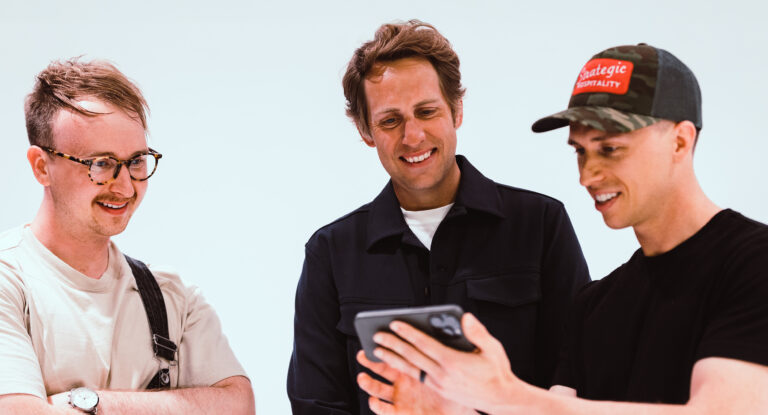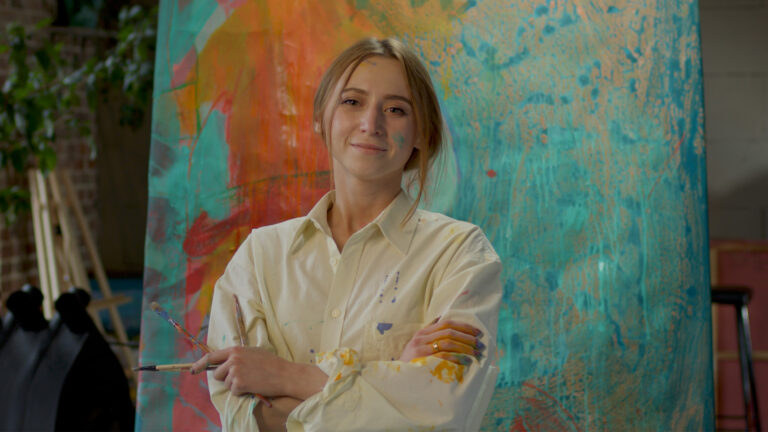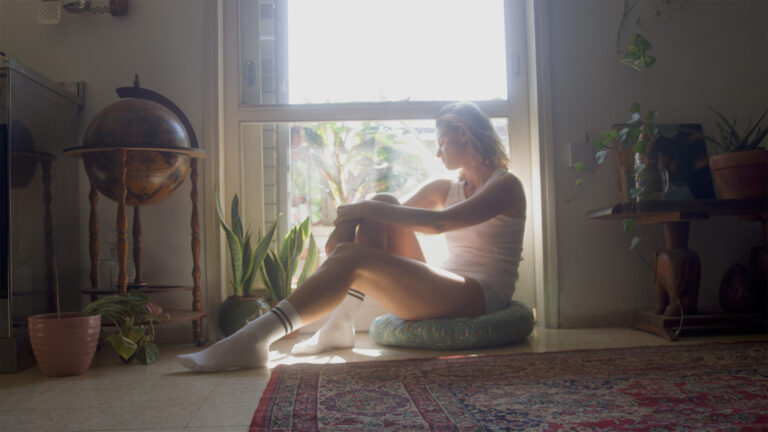I don’t know about you, but I tend to look back over my filmmaking career as a series of significant moments experienced over time, like cuts in an edit or keyframes in a comp.
For example, one of these was starting as a contractor for Frame.io back at the beginning of 2020, which then led to me joining the team officially as a full-time video director in early 2021.
Others have happened during my time as a producer, director, or editor on a bunch of different film and TV projects, including the movies Faith Based and Fear, Inc. as well as a grueling 700+ episode stint of editing TMZ on TV.
But probably the first of these significant moments took place way back in 2004, when I started at the bottom of the pile as a tape logger in LA. It was just the worst job. Not just in the industry, but ever.
Are we done yet?
If you’re lucky enough to have no experience of tape logging, it’s the process of manually creating a text record of the visual and audio contents of a video tape. And back in 2004, it was very manual.
The footage for the shows I was working on was copied to 3/4 inch tapes and I’d sit at a desk with a tiny monitor and a word processor with headphones on—in a room with eight other people doing the same thing—logging, by timecode, everything I was seeing. And when I got to the interviews, I’d transcribe them, too.
It was just the worst job. Not just in the industry, but ever.
But misery is a pretty strong motivator and I gradually worked my way up the food chain, starting with a post PA role, then assistant editor. Around a year later, thanks to taking on a few cast-off jobs that no-one else had the time for, I landed a full-time editing role and found myself cutting shows for MTV and VH1.
But it was when I started working for National Geographic as a producer on Building Wild that things really started to change for me (and I’d like to give a shout-out to William Spjut, who was instrumental in getting me this opportunity). Definitely a significant moment.
I was out in the field, producing four episodes of this amazing National Geographic series that we were shooting in Vermont. It was a mind-blowing experience. Better than film school. Better than anything I’d seen at that point in my life. So thanks, Will!
Whoosh
Whip-pan to today, and you’ll find me neck-deep in Frame.io productions as a producer, director, and editor. It’s keeping me pretty busy. Every month we’re shooting something and starting work on something else. So I’m constantly on-set, which is wonderful. I love it. And being boots-on-the-ground for the release of Camera to Cloud has to count among the most significant moments so far.
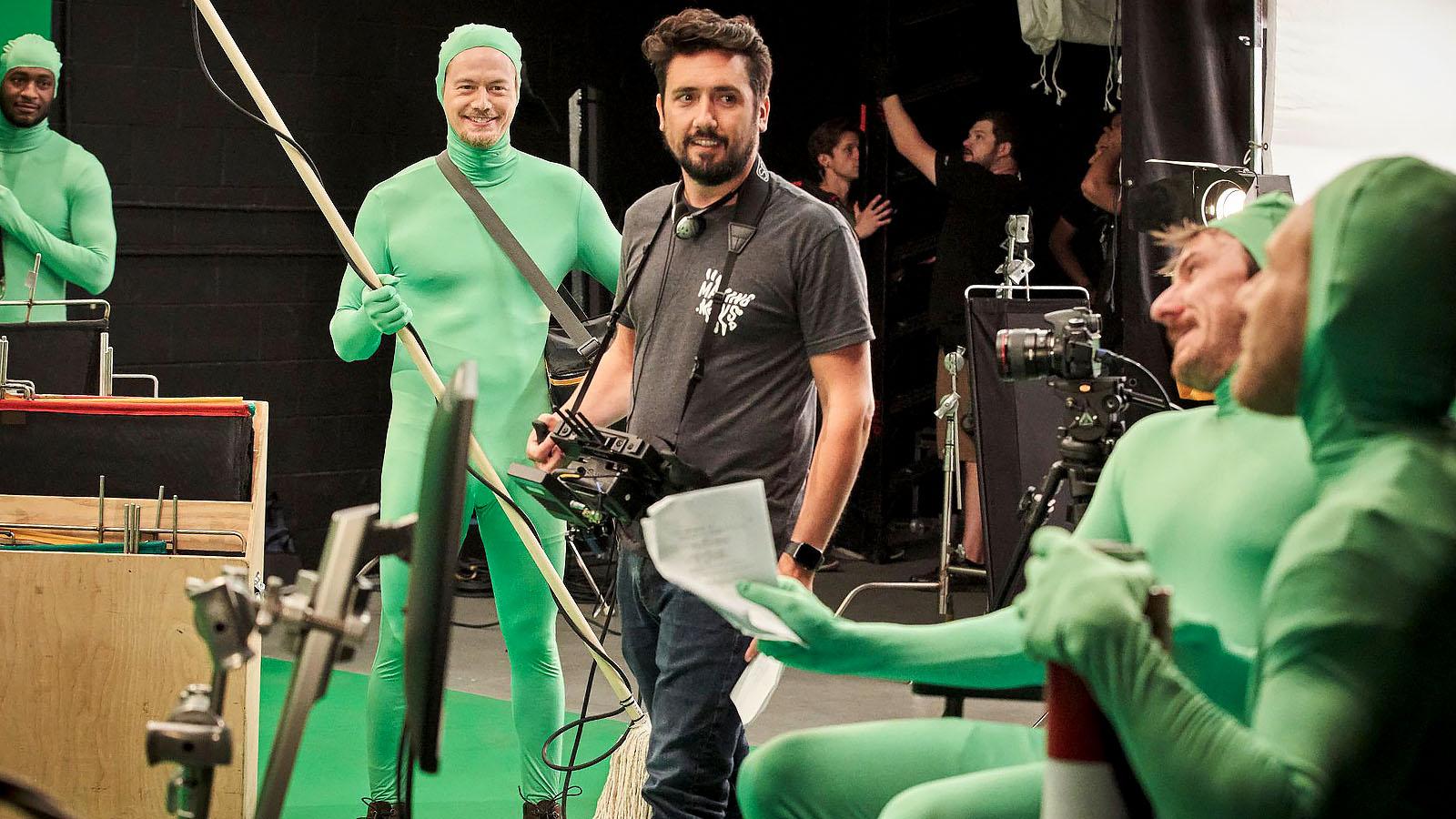
I’ve always been a huge advocate for optimization. In fact, while shooting Faith Based, I’d already built a highly effective 8K dailies workflow using Frame.io with friend and colleague Patrick Southern (who’s also part of the Frame.io family now).
While it was a long way from Camera to Cloud, this homebrewed chain of hardware and software saved us enormous amounts of time during production, as well as avoiding costly directorial pitfalls. And we were (understandably, I think) very proud of it.
For example, on the very first day of shooting, I was able to watch footage on my phone by lunchtime—which was incredible for me as a director. On the morning of day two, we were looking at a rough cut of day one.
In that moment, I could see that the tone wasn’t landing the way I thought it should and was able to give notes to the actors to pull it back to where I wanted it to be.
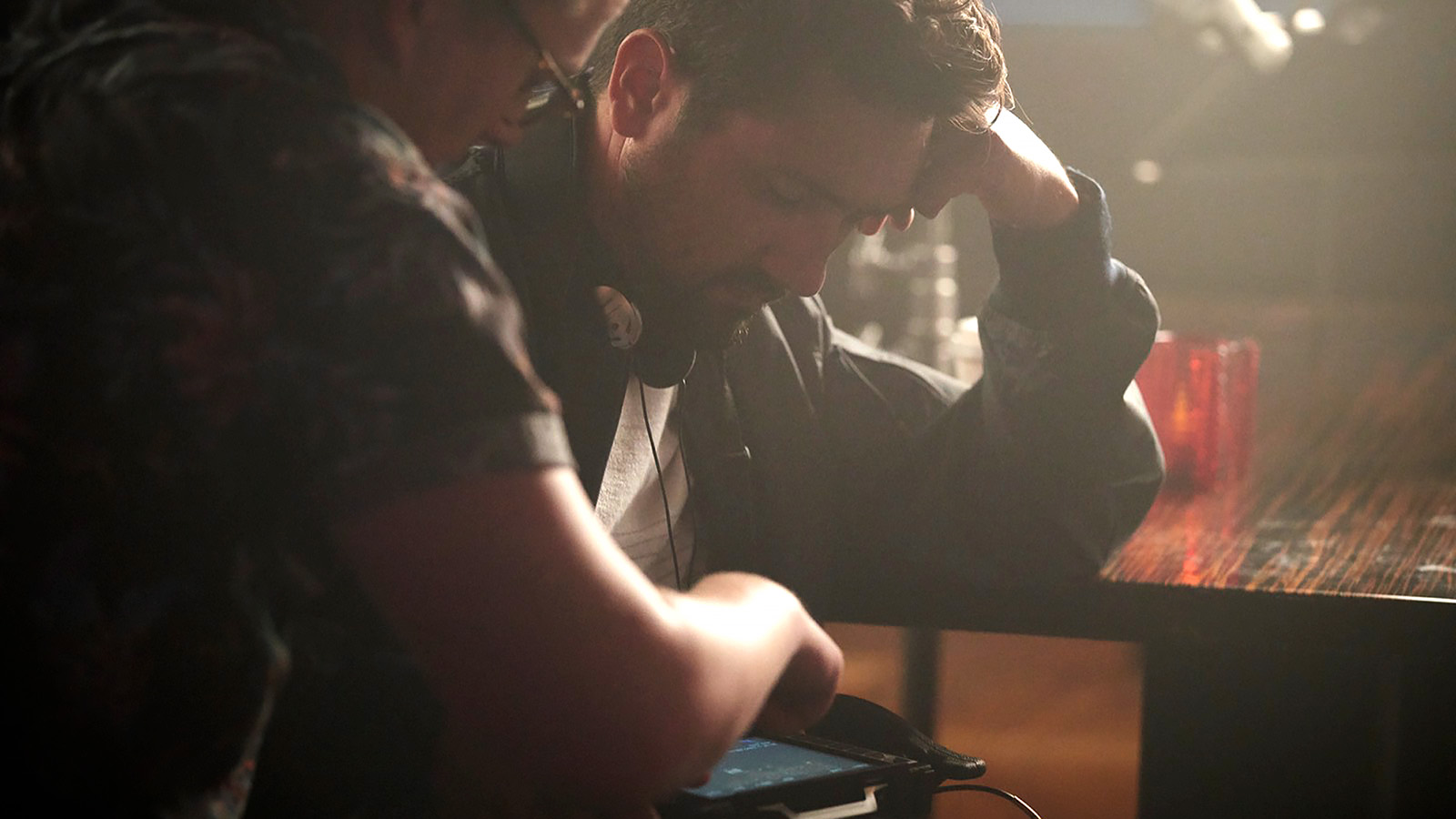
If we’d still been waiting for the rough cut to happen on day two—which would have been the case in a more conventional workflow—we’d have had most of the movie in the can before I realized that certain things weren’t working.
New gig, new rig
Skip forward a couple of years, and I’m on set for Frame.io watching the footage from a Panavision Millennium DXL2 stream through a Teradek Cube directly to the cloud. In seconds.
So I don’t need to be told that Camera to Cloud is the way forward. With the exception of maybe Michael Cioni, I’ve been using our cloud-based workflow longer than anyone. I helped build it. And what we’re doing now makes our Faith Based prototype look like something from the Dark Ages.
With C2C it’s just better. You see things instantly. It makes a massive difference. And it opens up a lot of different parts of the process—like editing and post-production—while you’re shooting. You’re not waiting for a hard drive to come out of the camera, get dumped on a computer, and then transferred to the people who need it. It happens in moments.

What I value the most is the clarity that Camera to Cloud brings to a production. It eliminates the ambiguity in the footage you’ve recorded. You have access to your footage without having to wait for transfer or playback on-camera—which stops the camera department from working—and you don’t have to go to your DIT to watch the footage. One source; secure, backed-up, and under your control. Wherever you are.
It just opens up a whole world of possibilities while you’re shooting, not when you’ve wrapped and you can’t do anything about it.
The benefits aren’t just tied into faster turnaround times, Camera to Cloud affects every part of your production. It can affect wardrobe decisions, performances, lighting, editing—how you’re telling the story, what’s working and not working…it just opens up a whole world of possibilities while you’re shooting, not when you’ve wrapped and you can’t do anything about it.
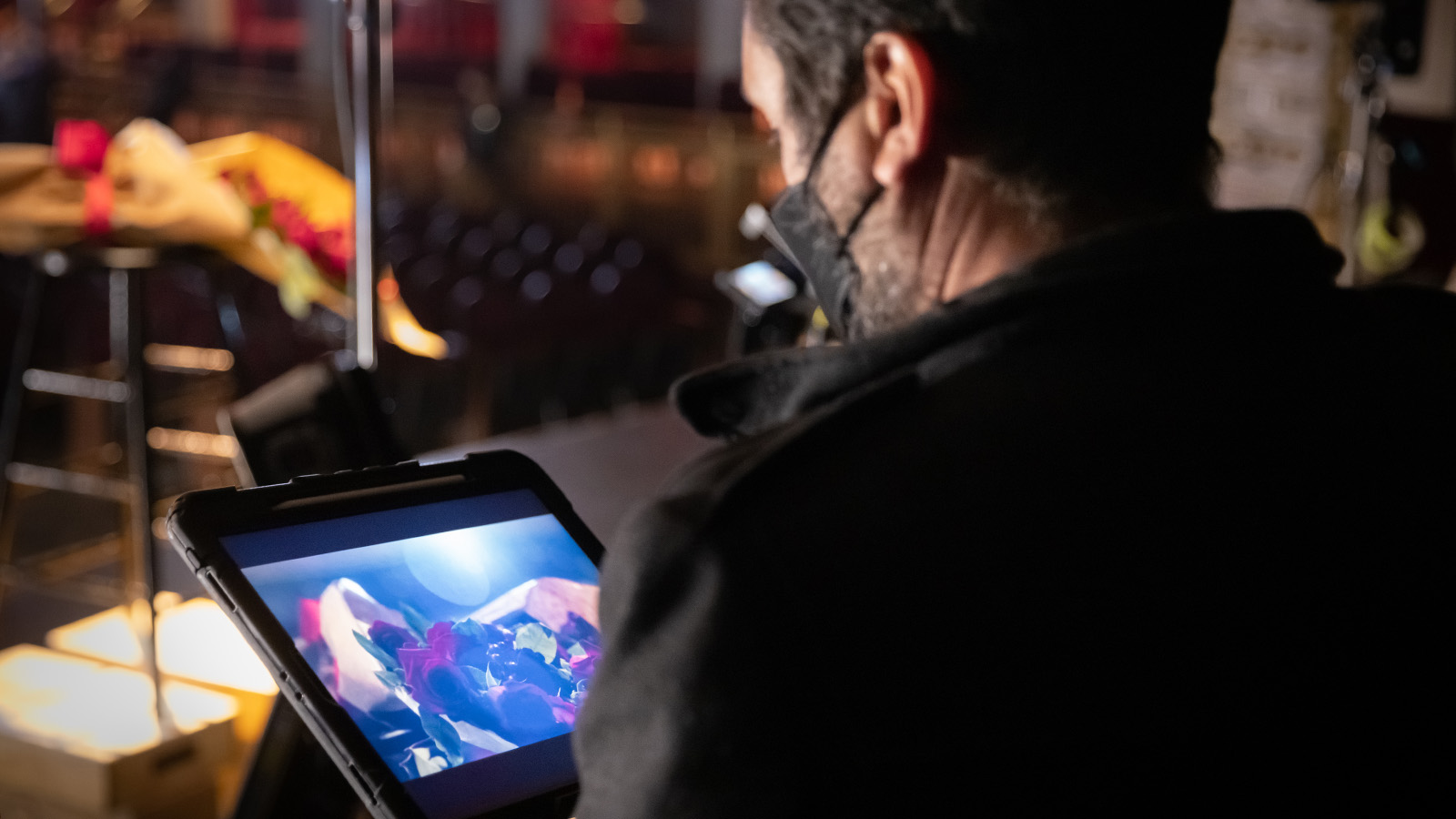
My iPad is now my best friend on-set. Everything’s to hand, our shot lists, my notes, live clips previews, stuff on Frame.io, it’s easily my favorite piece of tech right now.
But that doesn’t mean that we put technology first; Camera to Cloud enables creativity, but it doesn’t replace it. We still live by the very human, very creative elements of filmmaking that form the core of our work.
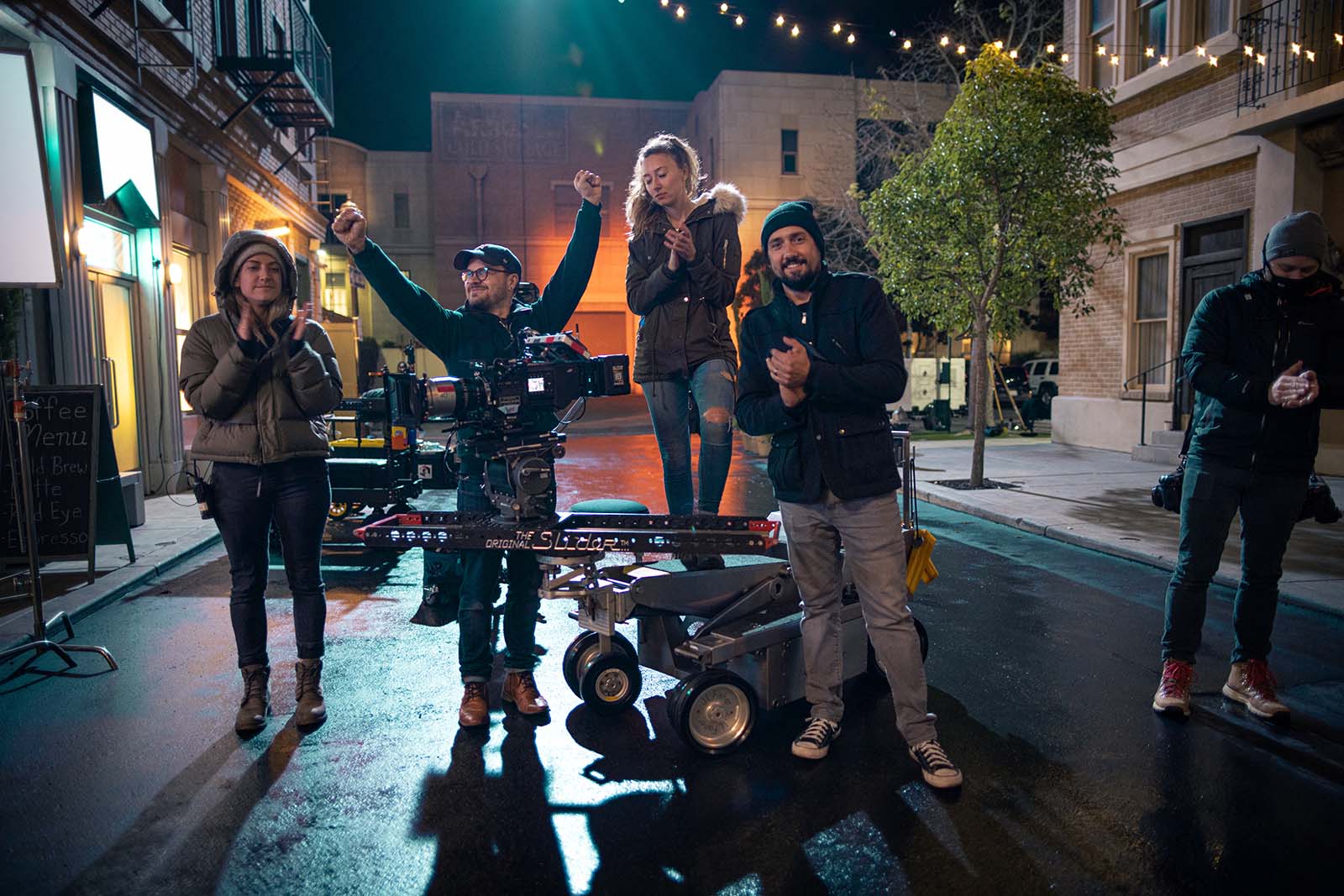
I love collaborating with talented people and working really hard to accomplish something that looks great. I love getting to the point where we can look at each other and say “You know that thing we talked about? Well, we made it and it’s really, really cool.” That’s my absolute favorite part of my job.
That’s a significant moment.

